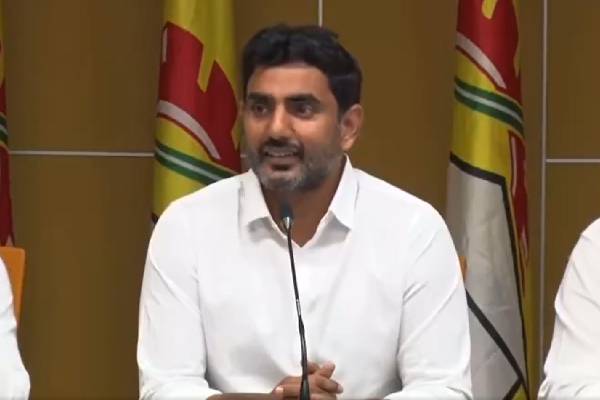With the latest deadline for the extension of the US EB5 visa, popularly known as the “Golden Visa”, that allows foreign nationals to apply for a green card by investing in the US, set to expire on September 30, investment limits under the scheme are expected to be hiked sharply, according to an expert.
The Office of Management and Budget earlier this month released its Spring 2018 Unified Agenda, meant to inform the public of regulations under consideration that the US administration plans to enact, which seeks, among other things, to sharply hike the EB5 investment limit from the current $500,000 and $1 million.
“The Office of Management and Budget has announced that in August of this year, the final action will be taken for the new regulations for the EB5,” Rogelio Caceres, Chief Commercial Officer of LCR Capital Partners, a firm that helps EB5 applicants with investments, told IANS here.
Stating that the administration of former US President Barack Obama proposed the changes in these regulations right before he left office in January 2017, Caceres said: “The $500,000 limit will go up to $1.35 million and the $1 million limit will be increased to $1.8 million.”
Introduced in 1990, the EB5 visa programme as of now allows an individual to invest $500,000 in either of two Targeted Employment Areas (TEAs) — a high unemployment area in a US metropolis or a rural area outside of a metro — or $1 million in a non-TEA area that can create 10 or more jobs, and get US citizenship in a shorter time than H1-B visa holders.
With President Trump calling for stricter norms for issuance of H1-B visas, largely availed of by Indian IT firms, the EB5 visa has been in demand for the shorter route to citizenship it offers.
A private member’s bill was also introduced last year in the US Congress by Democrat Zoe Lofgren, which seeks to increase the minimum salary of an H1-B visa holder to a whopping $130,000 from the current minimum of $60,000.
Also, in March this year, the US administration announced the suspension of premium processing of all H-1B visa petitions for fiscal year 2019 which starts from October 1, 2018.
Stating that President Trump is “anti-H1-B”, Caceres said the US Citizenship and Immigration Services (USCIS) is now reviewing all H1-B petitions with a lot more scrutiny.
At the same time, the EB5 visa programme has also come under controversy with critics saying that it puts up US citizenship for sale. Authorisation for the EB5 programme has been carried on a temporary basis on Congressional spending bills since September 2015.
A total of 10,000 EB5 visas are issued every year with the limit capped at 700 per country. Indians are third after the Chinese and the Vietnamese in terms of EB5 applicants.
However, the approval rate for Indian applicants is 64 per cent as against the global rate of 92.4 per cent.
Caceres said that one of the reasons for this is many people from Gujarat try to invest directly rather than going through a regional centre which facilitates and monitors the investments and creation of jobs.
“Source of funds is the reason (for lower approval rate for Indians). What is needed is white money,” he said.
Caceres also advised Indians planning to apply for the EB5 visa to apply before August this year to avoid coming under the purview of the hiked investment limits.
In the face of the likely hike in the investment limits under the EB5 visa, which is a conditional green card programme, Ajay Sharma, President of the New Delhi-based Abhinav Outsourcing, said that applicants can actually migrate under unconditional investor entrepreneur programmes for lesser amounts to other countries.
“On a global scale, one may find a pool of opportunities to migrate through investment, which will be much more attractive than the EB-5 because of cost, processing time and the associated risk,” Sharma said.
Giving Canada as an example, he said that investors who would qualify for Canada’s investor immigration programmes would generally obtain an unconditional Canadian residential status for themselves and their dependents.
“As well, investors make the investment only after the Quebec government clears the application,” he said.
“In case of EB-5 green card program, one must make the entire investment and expense at the time of filing the application.”
Sharma also floated Bulgaria as an option saying its is an ideal gateway into the European economy.
“Bulgaria’s Citizenship by Investment Programme helps you attain the residency within six to nine months’ timeframe with an easy option for citizenship within 18 to 24 months,” he said.
“The best thing for an immigrant is that he or she does not even have to worry about relinquishing their nationality. As a Bulgarian citizen, you have every right to live, work and study in any of the 27 European Union (EU) countries, including Switzerland and Norway, due to the bilateral agreements with the EU.”
Sharma said that Britain also offers two Tier-1 visas – entrepreneur visa and investor visa – which are very up-to-date and easy to understand, with less involvement of investment risks.
“Tier-1 entrepreneur programme entails an investment of only 200,000 pounds which is calculatedly 40 per cent less than the requirement for the EB-5,” he said.
Stating that the job creation requirement involves the applicant to virtually invest in any business is limited to two employees, he said: “An investor can obtain a UK visa under either of its Tier-1 entrepreneur programmes within eight to 16 weeks, eventually leading to permanent residency status after five years, whereas the EB-5 requires several years to complete.”


































